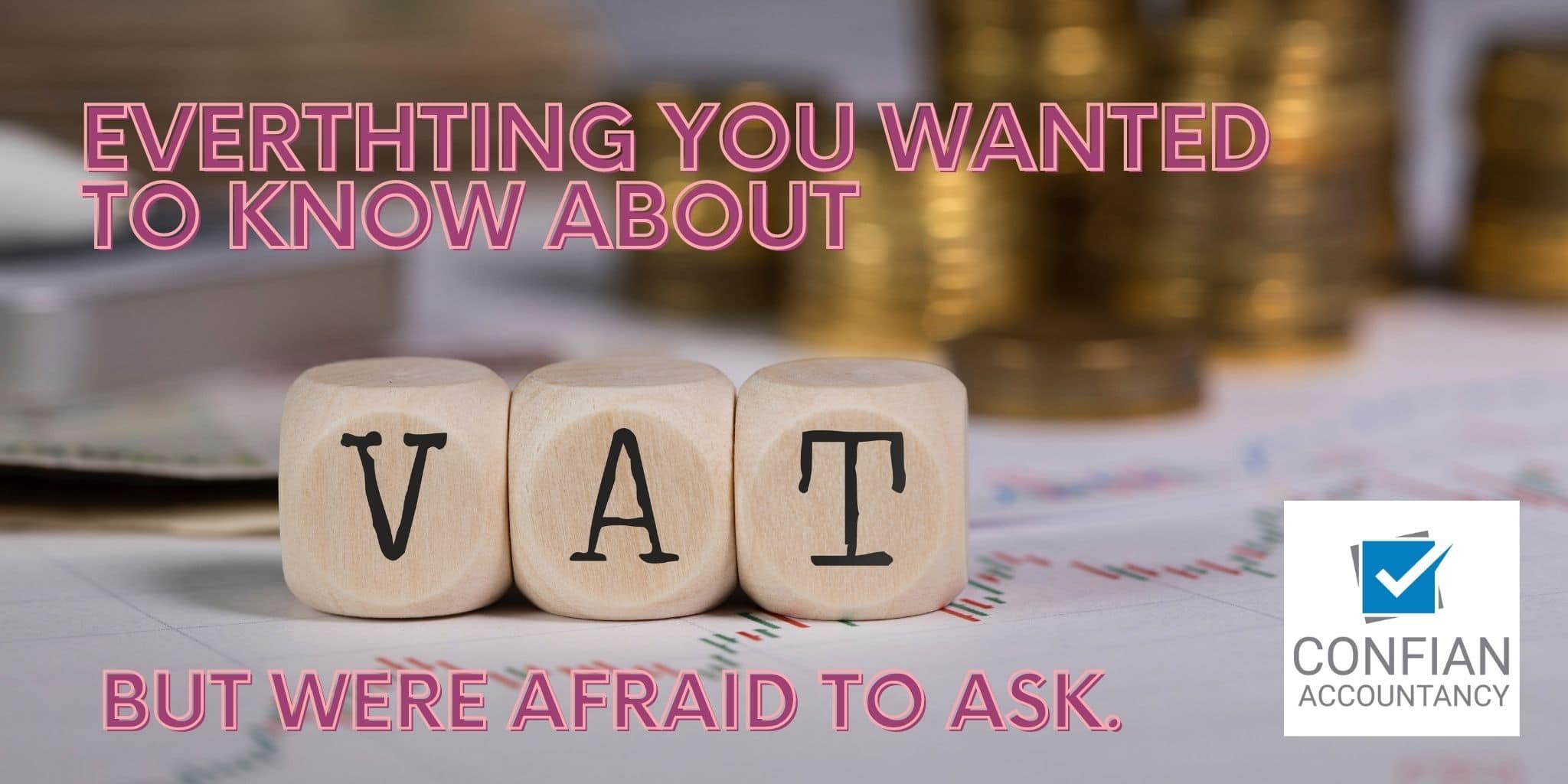All about VAT for business.
One subject accountants’ get asked the most about is Value Added Tax (VAT). What should be quite a simple tax is hard for many business owners to administer themselves in practice. That’s why after trying and struggling with VAT returns, business owners choose to outsource the quarterly task.
What is VAT?
VAT dates back to 1973, a replacement for the Purchase Tax. You/your business must register for VAT if your VAT taxable turnover goes over £85,000 (figure correct at August 2021). Every VAT-registered business must add VAT at the applicable rate to the price at which it sells its products and services.
VAT and the price of goods and services.
A business selling to consumers will generally display the price of its goods and services inclusive of VAT (the gross amount). A VAT-registered business selling to another VAT-registered business, or public sector organisation, will advertise the prices of its products and services exclusive of VAT (the net amount).
Irrespective, the money which changes hands will always be the VAT inclusive amount. This is relevant because a VAT-registered business is able to claim back the VAT on goods and services it has purchased. The standard VAT rate currently stands at 20% (as August 2021). There is a reduced VAT of 5% applying to a limited range of products and services like children’s car seats and gas & electricity bills. There are also temporary VAT rates applying to certain sectors. See the VAT and Coronavirus section below.
Calculating your quarterly VAT bill.
VAT-registered businesses pay a VAT bill every quarter to HMRC. You have around five weeks to report how much you owe and to make payment in full. The VAT bill is the difference between the VAT you have charged customers minus the VAT you have paid to suppliers on your purchases. If there is a minus number having taken away output VAT from input VAT, then HMRC owes you money!
Different VAT payment schemes
There are six VAT schemes with cash accounting and accrual accounting the most popular.
Accrual accounting VAT scheme
The accrual accounting scheme is the standard VAT scheme used by most companies. With this scheme, VAT becomes due whenever:
- you issue an invoice and not on when you’re paid and
- you receive an invoice, not on when you pay it.
Cash accounting VAT scheme
The cash accounting scheme is the same as the accrual accounting scheme expect that VAT become due when your invoices have been paid rather than invoiced. This is better for cash flow, especially for companies which give their clients 30 or more days to pay. Your turnover has to be no more than £1.35m to join this scheme.
Flat rate VAT scheme
The amount of VAT a business pays or claims back from HMRC is usually the difference between the VAT charged by the business to customers and the VAT the business pays on their own purchases. With the Flat Rate Scheme you:
- pay a fixed rate of VAT to HMRC
- keep the difference between what you charge your customers and pay to HMRC
- cannot reclaim the VAT on your purchases – except for certain capital assets over £2,000
Annual accounting VAT scheme
With the annual accounting scheme, you estimate the level of VAT you’ll be charging during the year. You then make payments towards your agreed bill quarterly or monthly. At the end of the year, if you’ve overpaid, you get a refund from HMRC but, if you’ve underpaid, they’ll issue you with an invoice instead. The annual accounting scheme works well for seasonal businesses.
Retail and VAT margin schemes
For retailers, the retail scheme is designed to make the calculation of VAT simpler.
Reverse charge VAT scheme
A specialist scheme designed for construction businesses.
VAT and Coronavirus
In response to the Coronavirus pandemic, the government temporarily introduced a reduced VAT rate of 5% on supplies relating to:
- Hospitality
- Hotel and holiday accommodation and
- Admissions to certain attractions
Initially this applied from 15 July 2020 until 31 March 2021. However, the 2021 Budget extended this to:
- 30 September 2021 for the temporary reduced 5% of VAT rate
- A new 12.5% rate from 1 October 2021 to 31 March 2022.
Coronavirus has meant some businesses have suffered whilst other have flourished. If your turnover has changed significantly, either up or down, your VAT status might need to be reviewed. You must register for VAT if your annual turnover is greater than £85,000 or at the time when you expect that your annual turnover for the coming 12 months will exceed £85,000.
If you passed the VAT threshold a while time ago, we’ll help you to work out the sum you likely owe HMRC and help arrange registration.
If your company is VAT registered but turnover has fallen and is likely to remain beneath £85,000, VAT deregistration is an option. But the process is convoluted. Contact us if this is your situation and we can advise on next best steps.
Summary
No one wants to pay more tax than necessary. By understanding VAT, whether to do the return yourself or outsource it, you ensure you claim back every allowable expense, keep your bill low and pay it on time. If you have a question about VAT call us on 07921 506 051




Leave A Comment